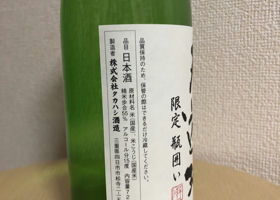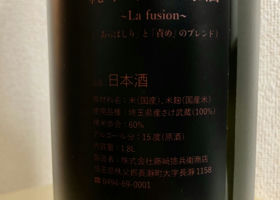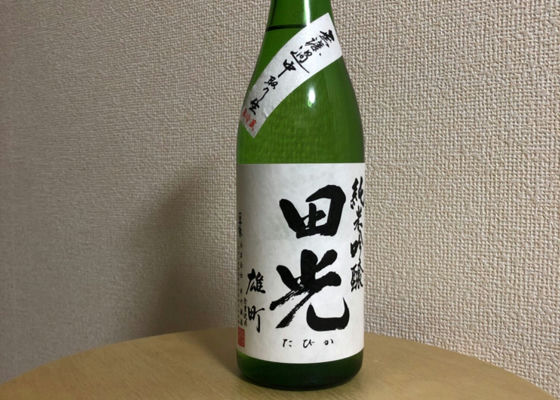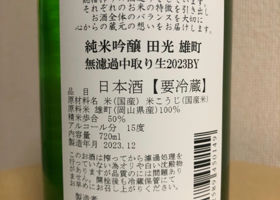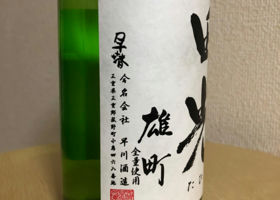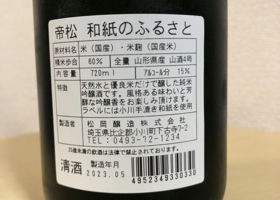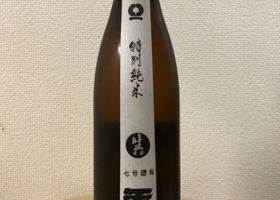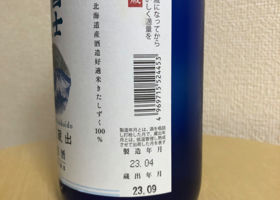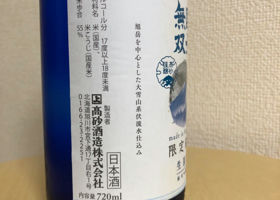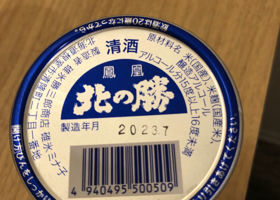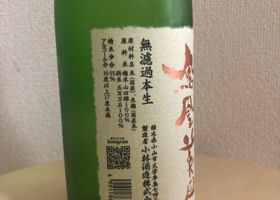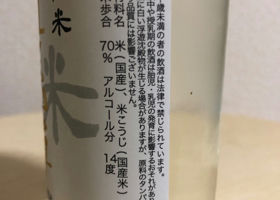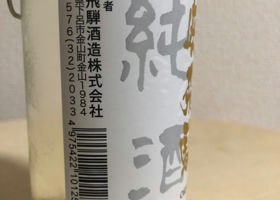
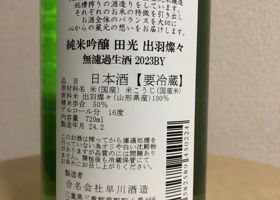
qansah
The sweet and sourness is at its peak the moment you taste it, and the bitterness comes in a moment later, which is typical of Tamitsu.
Immediately after the bottle is opened, you can taste a bit of a bitter taste, or perhaps an odor, or the flavor of plants and trees.
After a day of opening the bottle, the rich sweet and sour taste, moderate bitterness, and bitterness disappear, and it is ready to drink.
Rice polishing ratio:50%.
Rice used: 100% Izuwasanbaku from Yamagata Prefecture
Alc.16% alcohol content
Japanese>English

